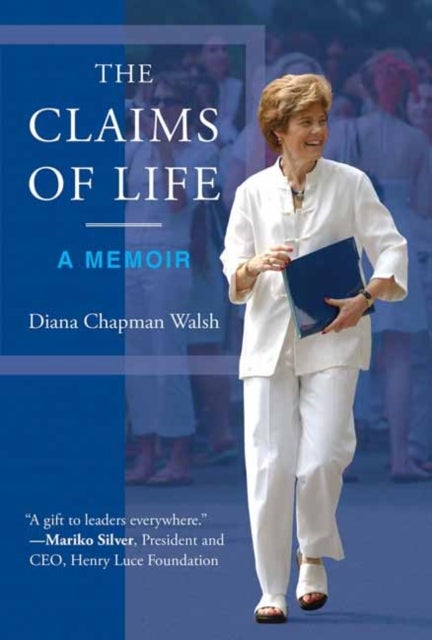
William and Mary: A History of Their Most Important Places and Events av Deborah Fisher
349,-
William and Mary, Britain¿s most mysterious monarchs, were married for reasons of dynastic convenience. Their union gradually developed into a happy and successful one, despite William¿s frequent absences on military campaign. They shared interests such as art and gardening, both of which they practised at their palace retreat, Het Loo. Despite the fact that Mary was heir presumptive to her father, the Duke of York, they might have expected to remain in the Netherlands for the rest of their lives. Midway through their marriage, their way of life changed substantially when Mary¿s father, now King James II, was rejected by his English and Scottish subjects because of his fervent Catholicism. William, a foreigner, was accepted as a replacement primarily because of his British queen. The couple had Kensington Palace built, to a design by Sir Christopher Wren, and their renovations at Hampton Court Palace, also by Wren, gave the palace much of its present character. The monarchy was now ful








